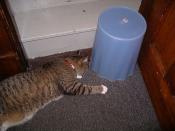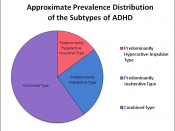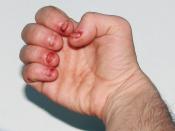Barrett, Paula, Healy B., Lara, & March, John S. (2003). Behavioral avoidance test for childhood obsessive-compulsive disorder : a home - based observation. American Journal of Psychotherapy 57 (1). 80 - 100.
Purpose of the article :
In this article the author studied a treatment for obsessive - compulsive disorder in children. The childhood disorder is much more common than what had been previously believed. The impact of this condition is linked to deteriorating school performance and poor peer relations. Childhood OCD has been associated with disruptions in the family life or distress experienced by parents and siblings. This study was done to investigate the sensitivity of a Behavioral Avoidance Test (BAT), conducted in a home environment, in assessing treatment - outcome effects for children and adolescents with OCD following a 14 - week cognitive behavioral therapy (CBT) intervention, in comparison to children in an 8 week "waitlist" control group.
Participants:
In this study, the participants were 24 subjects from ages 7 to 16. Participants were recruited via media announcements & through referrals from community mental health agencies. The mean age was 11.21 years. Fourteen participants were males and 10 participants were females. Following diagnostic interviews, 12 children were randomly assigned to a family - based Cognitive - Behavioral Treatment (CBT), and the other 12 were assigned to a waiting list.
Research method:
The research method for this study was an experiment. Twelve children were placed in a home based environment , and the other 12 in a waiting list. These children would be tested for sensitivity of a behavioral avoidance test (BAT). The independent variables for this experiment would be the two groups of children which were the ones with the treatment and the ones on the "waitlist". The dependent variables for this experiment were the scores on the...



Well done
The summarize of your research contains many valuaable information.The way you choose words make me admire your deep thougt.Overall, this is an excellent research.
1 out of 1 people found this comment useful.